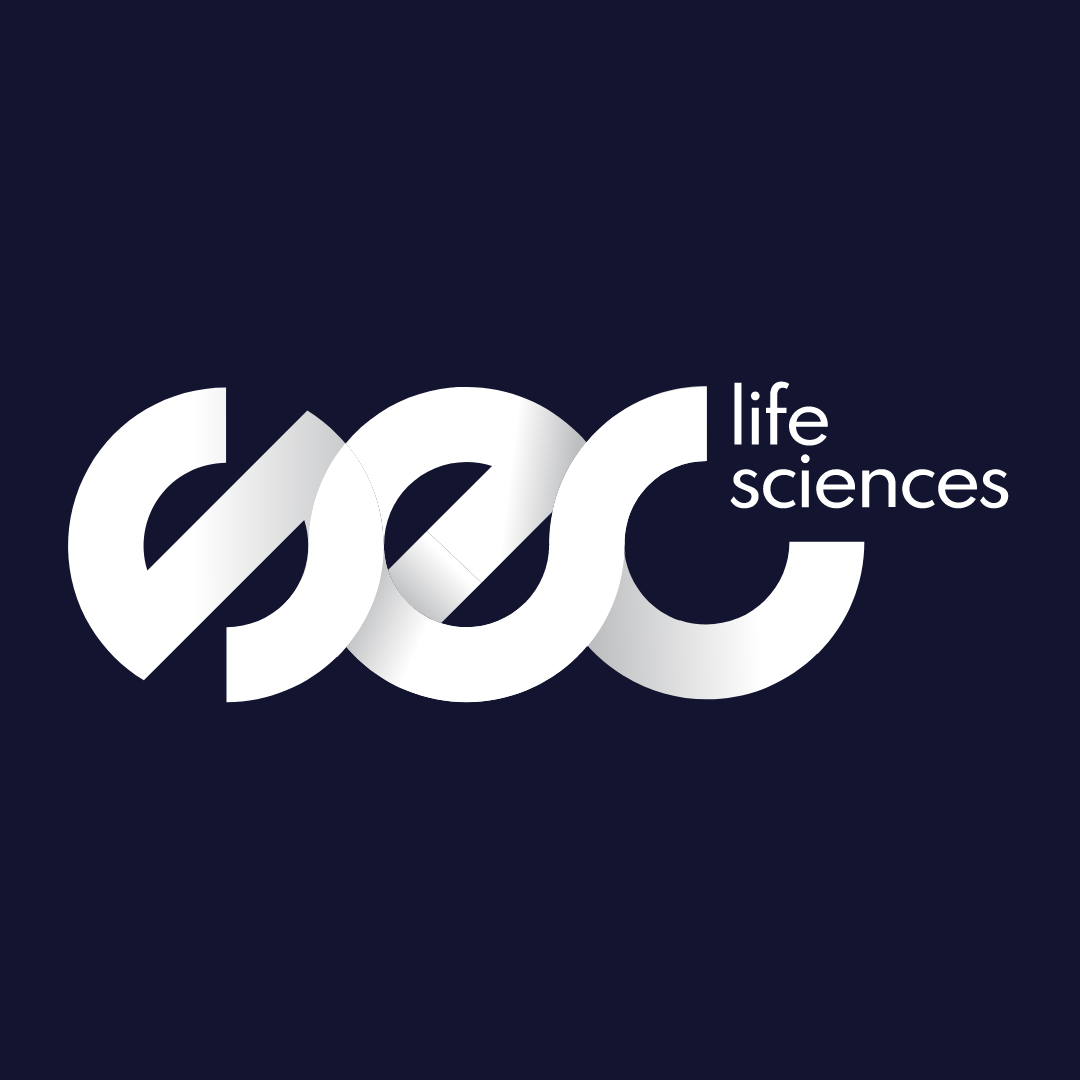Latest News
The talent shortage in life science R&D and how to stand out as an employer
01 Mar, 20234 MinutesIn the increasingly competitive life science market, many active candidates are engaging in...

In the increasingly competitive life science market, many active
candidates are engaging in two or three processes at a time, and the most
in-demand passive candidates are approached by droves of talent acquisition
teams each month. In today’s job climate, employers can’t just advertise a role
and expect the ideal candidate to apply. In fact, less
than 1 in every 20 candidates we place come from an inbound application as
a result of us publicising a role. For the small number of candidates who do
come in through active recruitment channels, they face more choice than ever
before and often have multiple processes ongoing. So how can you as an employer
stand out and overcome the talent shortage life science R&D is experiencing?
The life science R&D talent shortage
Competition for R&D employees is growing as the effects
of the “Great Resignation” are now being felt at every level. Deloitte reports
that we’re seeing many older workers opting for early retirement and that more
than 40%
of the global workforce are looking for new jobs, including 54%
of Gen Z. Where this might seem like a positive for those looking to hire,
a record number of people are leaving traditional work environments to pursue
‘passion projects’ or switching to a freelance career, and even high-level
executives are leaving their jobs to spend time with their families.
Most R&D roles require a niche skillset, and with the
ever-increasing skills gap, firms are finding it difficult to source senior
candidates who fit the bill. The R&D space is highly competitive, and as
the number of new projects increases, demand is still outweighing supply. One
solution that has seen increasing popularity in recent times is that of collaborations
and partnerships between specialist organisations.
For example, Oxford Biomedica and Microsoft entered an R&D
collaboration in 2019. Their aim was to improve the yield and quality of
next-generation gene therapy vectors using the cloud and machine learning.
However, you cannot solely rely on partnerships and
collaborations to solve the R&D talent shortage. We are in an extremely
competitive, candidate-led market, so to make your mark in the R&D space
you, as an employer, must determine what else you can do to stand out from the
crowd.
How can you stand out?
Join the remote working bandwagon and engage with freelancers
Freelance work across all sectors is under increased demand
with employees placing greater importance on flexibility and control than ever
before. Even in areas such as R&D, which have been traditionally dominated
by permanent opportunities, there has been an increase in firms leaning on
freelance workers. This is partly driven by collaborations and partnerships shortening
R&D timelines, and advancements in AI and machine learning creating
different methods of discovery and ways of working. These developments create
new roles and demand for skills, some allowing for remote working
possibilities, now staff can be brought in on a temporary basis from abroad or
remote areas to work on an R&D project without having to commit to a
location.
This can be hugely beneficial for your R&D functions,
especially while we’re experiencing a talent shortage. Becoming a more flexible
organisation through remote work and shying away from on-site traditions will
help you to stand out from the crowd, attracting more talent. Engaging
freelancers will widen your talent pool, and combining this with your remote
working opportunities will emphasise your flexibility. The ability to attract a
larger pool of people when recruiting for the R&D team means a greater choice
of high-quality candidates.
Engaging with freelancers won’t just help you attract more
talent but will also help with your pipeline planning. Having a freelance-based
team will allow you to precisely plan the R&D pipeline and timelines.
Knowing the projects that are coming up and being able to specifically plan the
skill sets that are required and length of time you’ll need them on your team is
going to help you plan projects and potentially allocate resources more
effectively.
Build a strong employer brand
75%
of candidates will look into your reputation before they even consider an
interview. Potential candidates want to feel like they can identify with who
you are as a business; what you stand for, what your purpose is, and what it
really means to be a member of your team. Taking control over your identity as
a workplace may be one of the most effective ways to positively impact your talent
pipeline.
So where do you start?
People buy from people. So, at an individual level ensure
your internal hiring team and business leaders are sharing content that aligns
with your company’s identity on their personal LinkedIn accounts. This is the ideal
platform to showcase your commitment to innovation and research, and your
dedication to the advancement of science and medicine. This is not to say you
should ignore your efforts on company channels, 37% of candidates say they wouldn’t consider a role if
they can’t find any information on the company. Use platforms like LinkedIn,
Google for Business and Glassdoor to highlight how your business has contributed
positively to the sector and the impact it has on your team. This will lead to
increased recognition, aiding your journey of attracting top talent. Now, when
potential hires are researching your company, they’ll get a better idea of who
you are and the values the firm is built on, and you’ll be able to attract like-minded
people.
Use your personal and corporate channels to provide consistent
messaging of what your workplace has to offer. Talking about the benefits,
culture, and opportunities are some of the most impactful ways to reach passive
candidates. Tap into a candidate’s desires through effective messaging. This could
be the difference between securing the top talent in the R&D field, or them
joining your competitor. Discover more about effective messaging and what
candidates want to know here.
Keep in mind that the top R&D talent will likely be in
multiple different hiring processes. By ensuring that you have the distinguishing
factor of an established employer brand, the likelihood of resonating with your
target audience will increase and in turn encourage candidate buy-in.
Emphasise the impact of your work
Life science R&D professionals do not just fall into this line of work. They are motivated by the potential to make a significant impact on human health and well-being. Emphasise the impact of your organisation’s work on society and the potential for employees to contribute to cutting-edge research and innovation. By highlighting the impact of the work that is being done or has historically been completed, you can differentiate your organisation from your competitors and position yourself as a leader in the industry. People want to work for companies that are making a difference and have a positive impact on society, so ensure you highlight your work. Fold it into recruitment processes, interview discussion points and your employer branding messaging.
The talent shortage is being felt across the board, and with
the R&D sector being particularly competitive, internal hiring teams are
struggling to fill their roles. Partnering with life science recruitment
specialists like us can help you to find the right talent quickly and
efficiently. Our deep understanding of the industry and wide R&D talent
pools can help you to find candidates who meet your specific requirements and
fit your company culture.



